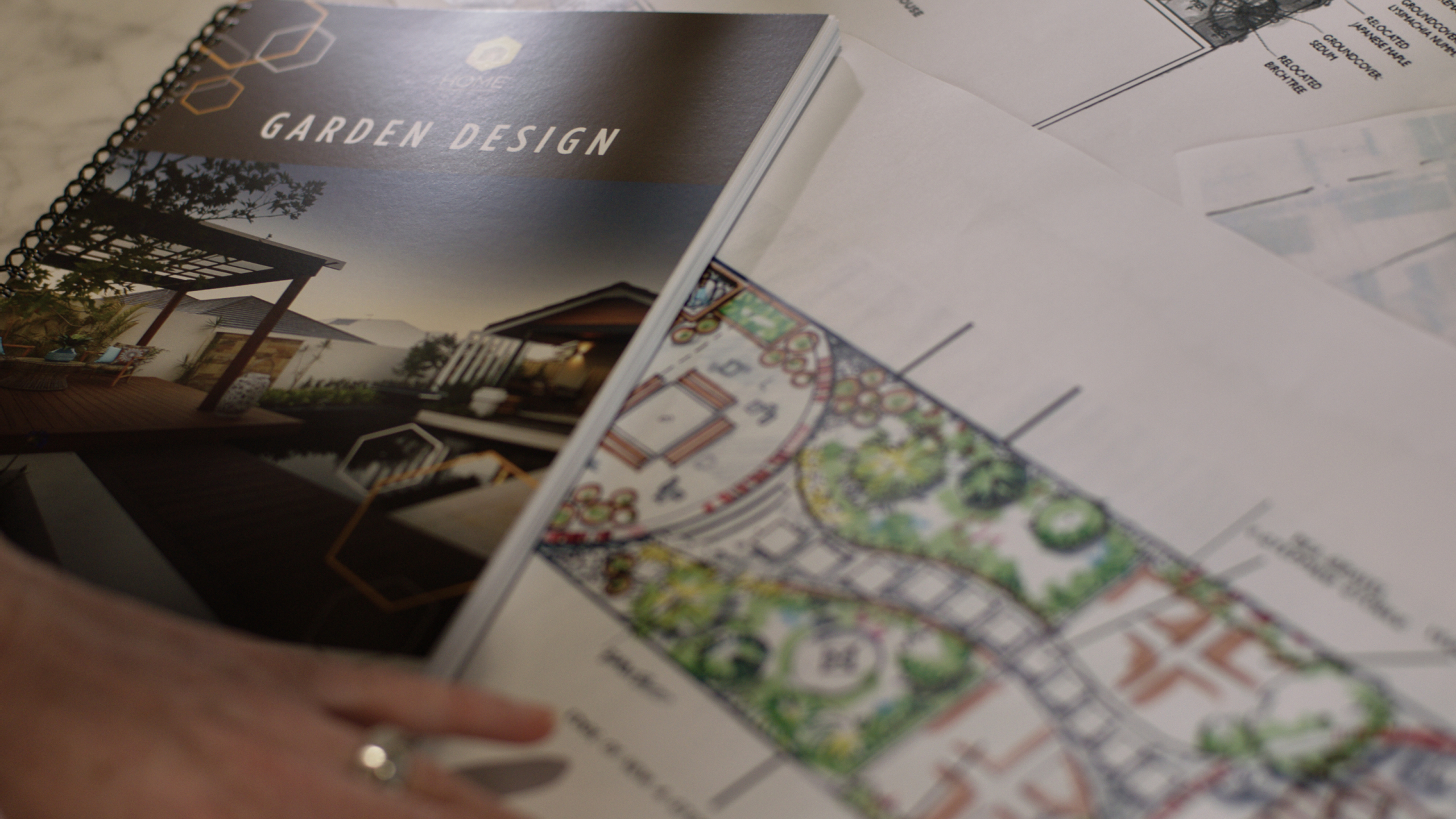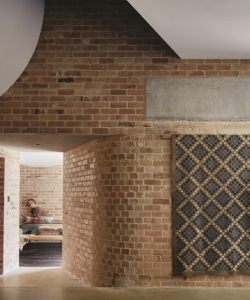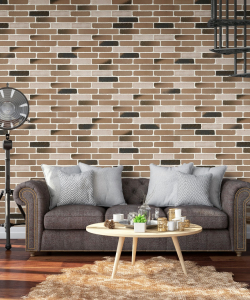We all know that a fantastic home renovation can add value to your home. But what happens when a renovation is done badly?

As a builder that specialises in renovations, Steve Burke from Amerex Renovations and Additions says one of the first things to do before starting a major home renovation, is to remove any shoddy handyman work and start with a clean slate.
So how can you avoid making costly mistakes when renovating? With over 40 years of experience in construction and more than 20 years of renovation experience, Steve has put together the ten most common mistakes that he sees being made over and over again. Make sure that you do not make these mistakes!
1. Ignoring Existing Issues
When you tear down walls or rip up floors in an older home, there is the chance that you will find something unexpected. It is always better to address these issues straight away.
This is particularly the case with electrical and plumbing issues. In the short term this can be an unexpected additional cost, but as a general rule, the sooner you fix a problem, the more you will save in the long run.
2. Going for the Cheapest Builder or Trade
Using the cheapest builder or selecting the cheapest quote for a trade may save you money now, however, this almost certainly will come back to bite you in the long term.
You need to ask questions such as: Why are they cheaper? Are they using cheaper quality materials? Has everything been included in the quote, or are there exclusions that will cost you extra as the job progresses? Do they have enough experience in what I need them to do? Are they able to provide references so that I can check on the quality of their work with previous clients?
3. Buying Cheap Fixtures
Saving a few dollars in the short term may not be wise in the long term. Consider investing on quality fixtures such as selections in your kitchen and bathroom. Items that are used often are worth spending on to get a quality product. Quality choices will mean less repairs and replacements, and they will fare better in terms of wear and tear in the long term.
Quality materials and products also often have additional features that make living easier, making them worth the cost.
4. Terrible Painting Skills!
A home renovation that has been finished off with good quality painting can be a joy to behold. On the other hand, poor quality painting can absolutely ruin a beautiful home.
There is more to painting than many people realise. A home with walls that have not been prepared properly, or have paint drips, uneven coverage and brush marks, not to mention poorly executed ‘cutting-in’ can look amateurish at best. If you can afford it within your budget, I would recommend a professional Painter to get the quality finish that your home deserves.
5. Going for the Latest Gimmick
Beware gimmick purchases or luxury end items that are unlikely to get much use. A great example of this is a pot-filler. A what? A pot-filler is a faucet installed on your stove top so that you can fill a pot of water without having to carry it from the sink. These peaked in popularity in the United States, and have since fallen from favour.
6. Buying Expensive Bathroom Tiles
Bathroom tiles do not need to be expensive to look good. A good tiling company or interior designer should be able to assist you with a great design, pattern or colour to match your taste, without costing you a fortune. Save the money and spend it on good quality fixtures instead!
7. Be Careful Buying Clearance Stock
Clearance stock for appliances or materials such as tiles need to be purchased with caution. If appliances are the last remaining items they may have been on the shop floor for a while. As a result, there may be scratches, minor faults or parts missing that could be difficult to replace.
You will need to allow extra for wastage as you may not be able to order again from the same batch of stock. With materials such as tiles this can be an issue as it is common for different batches to have significant colour variations. This can be disastrous for your end result with mismatched tiles ruining your final look.
8. Not Creating Enough Storage
Build in storage wherever you can manage, there can never be enough.
If you are building a second storey, talk to your Designer about utilising the space under the stairs. In the kitchen, there are many nifty inserts that will allow you to use space even in the tightest corner.
In bedrooms, create walk-in robes or build in cupboards. Where-ever you can find a space for more storage, do it, and thank yourself later!
9. Using your Friend, Cousin or Mate as a Trade
So you have a friend or member of the family who can help you out. Perhaps they are a Plumber, Electrician or a Carpenter. Many homeowners are budget conscious and getting family or friend to help out can sometimes save money.
However, there are many pit-falls in doing so. If you are aware of the potential problems before you start, then you will be going into the arrangement with your eyes wide open!
First and foremost, always ensure that you use a licensed professional for trades such as electrical, plumbing, asbestos removal and anything to do with gas or the structure of your home. Secondly, even if you know them, you must check that a trade has the necessary insurances in place. Failure to do so will leave you potentially liable if an accident occurs.
Last but not least, think about whether you will be able to get them back when you are unhappy with the quality of the work. Could unsatisfactory work lead to a break-down in your relationship with them?
10. Unfinished Work
We all know someone who has started a home renovation and has spent years working on it. Their home always looks like a work in progress and there never seems to be an end in sight! While DIY can be a hobby for some, it is also nice to live in a renovated home and to enjoy the features of the renovation.
Don’t fall into the trap that many do, where they only decide to finish off their renovations only when they decide that it is time to sell their home. This means that they only got to enjoy the full potential of their home briefly, just before selling!
About the Contributor/Author:
This post was provided by Jason Windows. To find out more, visit Jason Windows or the showroom at Home Base.
This post was written by Suzanne and Steve Burke of Amerex Renovations and Additions. To find out more, visit Amerex Renovations and Additions.




